Home>Garden Essentials>What Happens When You Eat Sunflower Seed Shells
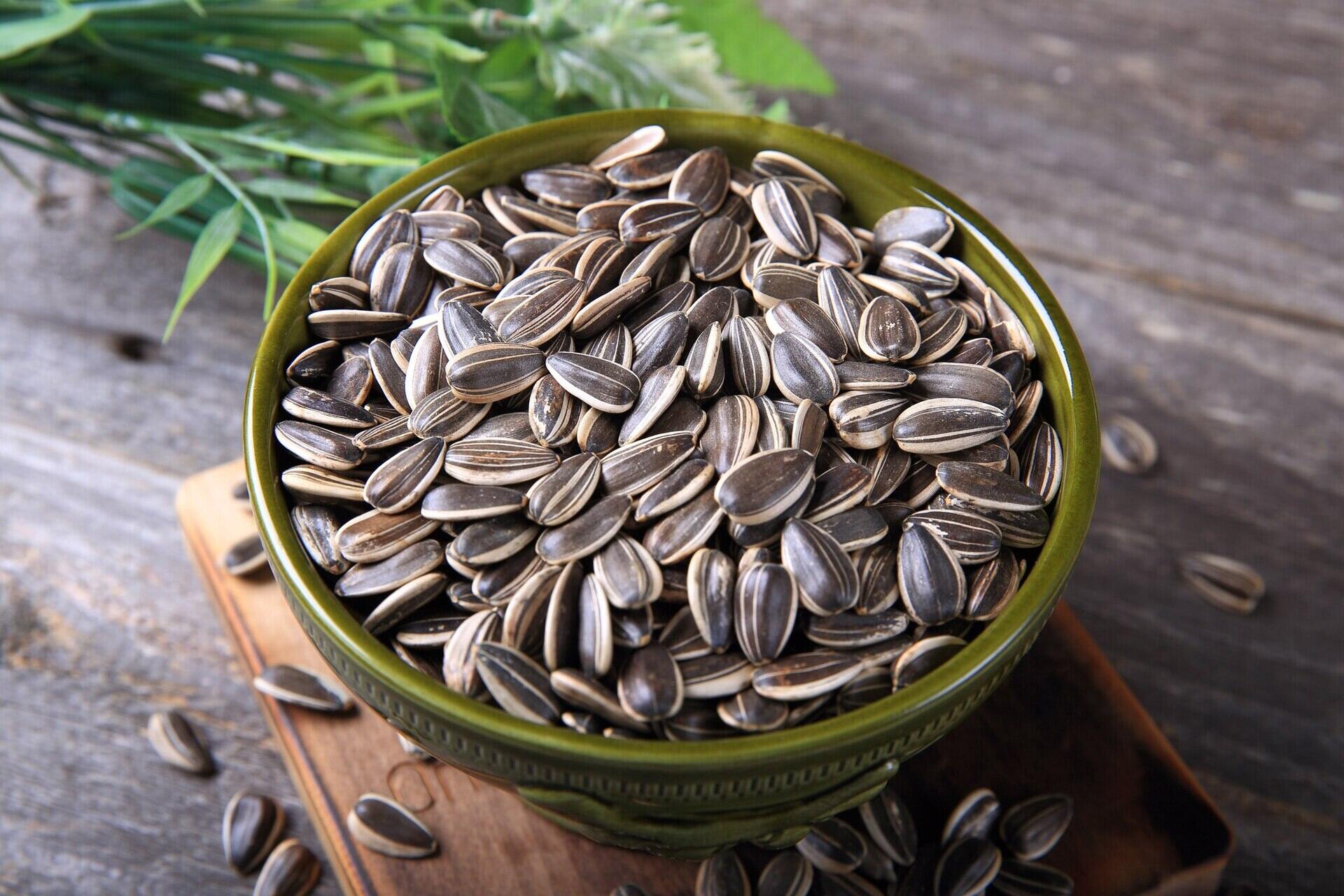

Garden Essentials
What Happens When You Eat Sunflower Seed Shells
Modified: March 15, 2024
Discover what happens when you consume sunflower seed shells in your garden. Explore the effects and benefits of incorporating them into your diet.
(Many of the links in this article redirect to a specific reviewed product. Your purchase of these products through affiliate links helps to generate commission for Storables.com, at no extra cost. Learn more)
Introduction
Welcome to the fascinating world of gardening! Whether you are a seasoned green thumb or just starting your gardening journey, there is always something new to learn about how to nourish and cultivate your plants. In this article, we will delve into the topic of using sunflower seed shells in your garden to promote healthy plant growth and maximize your harvest.
Sunflowers, with their vibrant petals and towering stalks, have long been a symbol of summer and joy. But did you know that their seeds, encased in a protective shell, hold not just a delicious snack, but also potential benefits for your garden? By understanding the composition of sunflower seed shells, their digestibility, and the potential side effects and benefits of consuming them, you can make informed choices about how to best utilize them in your gardening practices.
So, let’s roll up our sleeves and dig deeper into the world of sunflower seed shells, the curious case of whether they are edible, and how they can contribute to the health and vitality of your garden!
Key Takeaways:
- Sunflower seed shells can improve soil health and plant growth in your garden by providing organic matter, enhancing soil structure, and increasing water retention.
- While sunflower seed shells offer nutritional benefits, it’s important to consume them in moderation and be mindful of potential digestive issues and choking hazards.
Composition of Sunflower Seed Shells
Before we explore the various uses of sunflower seed shells in gardening, let’s take a closer look at their composition. Sunflower seed shells are primarily composed of cellulose, lignin, and hemicellulose, which are all complex carbohydrates. These compounds provide structural support to the plant and contribute to the rigidity of the shell itself.
Additionally, sunflower seed shells contain trace amounts of minerals such as calcium, magnesium, and phosphorus, which can be beneficial for plant growth. These minerals help to enrich the soil and provide essential nutrients for plants to thrive.
Furthermore, sunflower seed shells are rich in fiber. Fiber is an important component of a balanced diet for humans, as it aids in digestion and promotes overall gut health. Similarly, when sunflower seed shells are incorporated into the soil, they can help improve its structure and increase its water holding capacity.
It’s worth noting that while sunflower seed shells can provide some nutritional value to plants, they are not a substitute for proper soil amendments and fertilizers. They should be used in conjunction with other organic matter and nutrient-rich materials to ensure optimal plant growth.
Now that we understand the composition of sunflower seed shells, let’s explore their digestibility and whether or not they can be safely consumed.
Digestibility of Sunflower Seed Shells
One of the common questions surrounding sunflower seed shells is whether or not they are digestible. The hard and fibrous nature of the shells may lead to concerns about their potential effects on our digestive systems.
While sunflower seed shells are not typically broken down by the human digestive system, they can still be safely consumed in small quantities. The outer shell of the seed acts as a protective barrier that prevents the seed from being damaged or contaminated. However, it is important to note that excessive consumption of sunflower seed shells can lead to digestive discomfort or blockages.
For optimal digestion, it is recommended to remove the shells before consuming sunflower seeds. This can be easily done by cracking the shells with your teeth or using shelled sunflower seeds for a hassle-free snacking experience.
On the other hand, when it comes to gardening, sunflower seed shells can play a beneficial role. As the shells break down in the soil, they contribute organic matter and increase its nutrient content. The fibrous nature of the shell also helps to improve soil aeration and water retention, creating an ideal environment for plant roots to grow and extract nutrients.
Therefore, while sunflower seed shells may not be easily digestible for humans, they can serve as a valuable resource in the garden. Now let’s explore the potential side effects of consuming sunflower seed shells in excessive amounts.
Potential Side Effects of Consuming Sunflower Seed Shells
While sunflower seed shells can be consumed in moderation, it is important to be aware of potential side effects that may arise from excessive consumption.
One of the main concerns is the risk of digestive issues. The high fiber content in sunflower seed shells can be difficult for some individuals to digest, especially those with gastrointestinal disorders or sensitive stomachs. Consuming large amounts of sunflower seed shells can lead to bloating, gas, cramping, and even constipation.
Another potential side effect is the risk of choking or obstruction. The hard and fibrous nature of sunflower seed shells can pose a choking hazard, particularly for young children or individuals with difficulty swallowing. It is crucial to chew thoroughly or remove the shells before consuming sunflower seeds to minimize this risk.
In some cases, individuals may also be allergic to sunflower seeds. Allergic reactions can range from mild symptoms such as itching or hives to more severe reactions such as difficulty breathing or anaphylaxis. If you experience any allergic symptoms after consuming sunflower seed shells, it is important to seek medical advice immediately.
It is worth noting that these potential side effects typically arise from excessive consumption or pre-existing conditions. Consuming sunflower seed shells in small quantities is generally considered safe for most individuals.
As with any dietary modification, it is always a good idea to consult with a healthcare professional or nutritionist to ensure that it aligns with your specific health needs and concerns.
Now that we have explored the potential side effects, let’s move on to the benefits of incorporating sunflower seed shells into your gardening practices.
Be careful when eating sunflower seeds, as the shells can be hard to digest and may cause discomfort or blockage in your digestive system. It’s best to crack the shells open before eating the seeds inside.
Benefits of Eating Sunflower Seed Shells
While there are potential side effects of consuming sunflower seed shells, there are also several benefits to consider, especially when it comes to their nutritional value.
One of the main advantages of eating sunflower seed shells is their high fiber content. Fiber plays a vital role in promoting healthy digestion by aiding in regular bowel movements and preventing constipation. It can also help to regulate blood sugar levels and lower cholesterol levels, contributing to overall heart health.
Additionally, the fiber in sunflower seed shells can promote a feeling of fullness and satiety, making them a satisfying snack option. This can be particularly beneficial for individuals looking to manage their weight or control their calorie intake.
Furthermore, sunflower seed shells contain small amounts of minerals, including calcium, magnesium, and phosphorus. While the quantities may not be significant, every little bit counts when it comes to providing essential nutrients to our bodies.
Beyond their nutritional benefits, eating sunflower seed shells can also be an enjoyable and interactive experience. The act of cracking open the shells with your teeth can be a fun and satisfying activity, providing a sense of engagement and satisfaction while snacking.
It’s worth noting that the benefits of consuming sunflower seed shells can vary from person to person. Some individuals may find them more palatable and enjoyable, while others may prefer to remove the shells for easier consumption. Ultimately, it comes down to personal preference and individual dietary needs.
Now that we’ve explored the benefits of eating sunflower seed shells, let’s move on to discovering different ways to incorporate them into your diet.
Read more: What To Do If You Eat Sunflower Seed Shells
Ways to Incorporate Sunflower Seed Shells into Your Diet
If you enjoy the texture and crunch of sunflower seed shells, there are several creative ways to incorporate them into your diet:
- Snack on roasted sunflower seeds: Roasted sunflower seeds with the shells still intact can be a delicious and nutritious snack. You can find them readily available in grocery stores or make your own at home by seasoning and roasting plain sunflower seeds.
- Add them to salads: Sprinkle a handful of sunflower seed shells on top of your favorite salads to add a crunchy element. They can provide texture and a nutty flavor that complements a variety of vegetables and dressings.
- Incorporate into trail mixes: Combine sunflower seed shells with other nuts, dried fruits, and seeds to create a customized trail mix. This versatile snack can be enjoyed on-the-go or as a tasty treat during outdoor activities.
- Bake with sunflower seed shells: Get creative in the kitchen by incorporating sunflower seed shells into your baked goods. They can be added to bread, muffins, cookies, and granola bars for an extra crunch and unique flavor.
- Grind into a powder: If you prefer a smoother texture, grind sunflower seed shells into a fine powder using a spice grinder or food processor. This powder can be added to smoothies, oatmeal, or even used as a coating for meats or vegetables.
- Create a crust: Crushed sunflower seed shells can make an excellent crust for meat, fish, or vegetable dishes. Simply combine the crushed shells with your desired seasonings and use it as a coating before baking or frying.
- Use as a topping: Sprinkle crushed sunflower seed shells on top of yogurt, ice cream, or even savory dishes like pasta or roasted vegetables. They can add a delightful texture and enhance the overall presentation of the dish.
When incorporating sunflower seed shells into your diet, it is important to listen to your body and enjoy them in moderation. If you experience any discomfort or digestive issues, it may be best to consume them in smaller quantities or explore alternative ways to incorporate the health benefits of sunflower seeds, such as consuming shelled sunflower seeds or using sunflower seed oil in your cooking.
Now that we have explored various ways to enjoy sunflower seed shells, let’s conclude our journey into the world of sunflower seeds and their potential benefits.
Conclusion
As we wrap up our exploration into the world of sunflower seed shells, we have discovered that they offer a range of benefits and possibilities for both our gardens and our diets. While sunflower seed shells may not be easily digestible for humans and can pose potential side effects when consumed in excessive amounts, they can still serve as a valuable resource in gardening practices.
In gardening, sunflower seed shells can contribute to soil health by providing organic matter, improving soil structure, and increasing water retention. They can also enhance the overall growth and vitality of plants, thanks to their composition of cellulose, lignin, and hemicellulose.
When it comes to incorporating sunflower seed shells into our diets, it is important to do so in moderation. They can be a source of fiber, minerals, and enjoyable snacking experiences. However, it’s crucial to be aware of potential digestive issues and the risk of choking or obstruction. Removing the shells or consuming them in small quantities can help mitigate these risks.
Whether you choose to use sunflower seed shells in your garden or enjoy them as a crunchy snack, always remember to listen to your body and make choices that align with your personal preferences and dietary needs.
As you continue your gardening journey and explore new ways to nourish your plants and yourself, don’t be afraid to get creative and try different techniques. Sunflower seed shells offer a unique element that can add both texture and flavor to your meals and contribute to the overall health of your garden.
So, embrace the versatility of sunflower seed shells and let them become another tool in your gardening arsenal and a source of enjoyment in your culinary adventures. Happy gardening and happy snacking!
Frequently Asked Questions about What Happens When You Eat Sunflower Seed Shells
Was this page helpful?
At Storables.com, we guarantee accurate and reliable information. Our content, validated by Expert Board Contributors, is crafted following stringent Editorial Policies. We're committed to providing you with well-researched, expert-backed insights for all your informational needs.
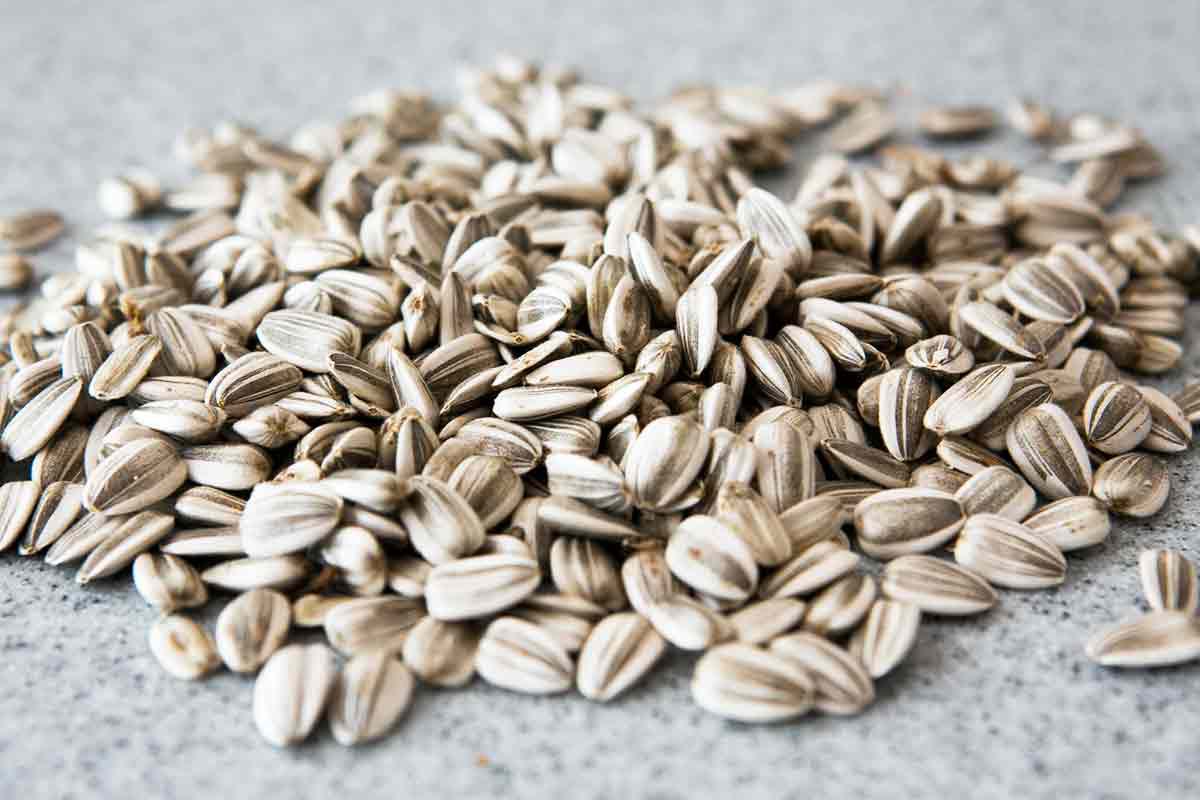
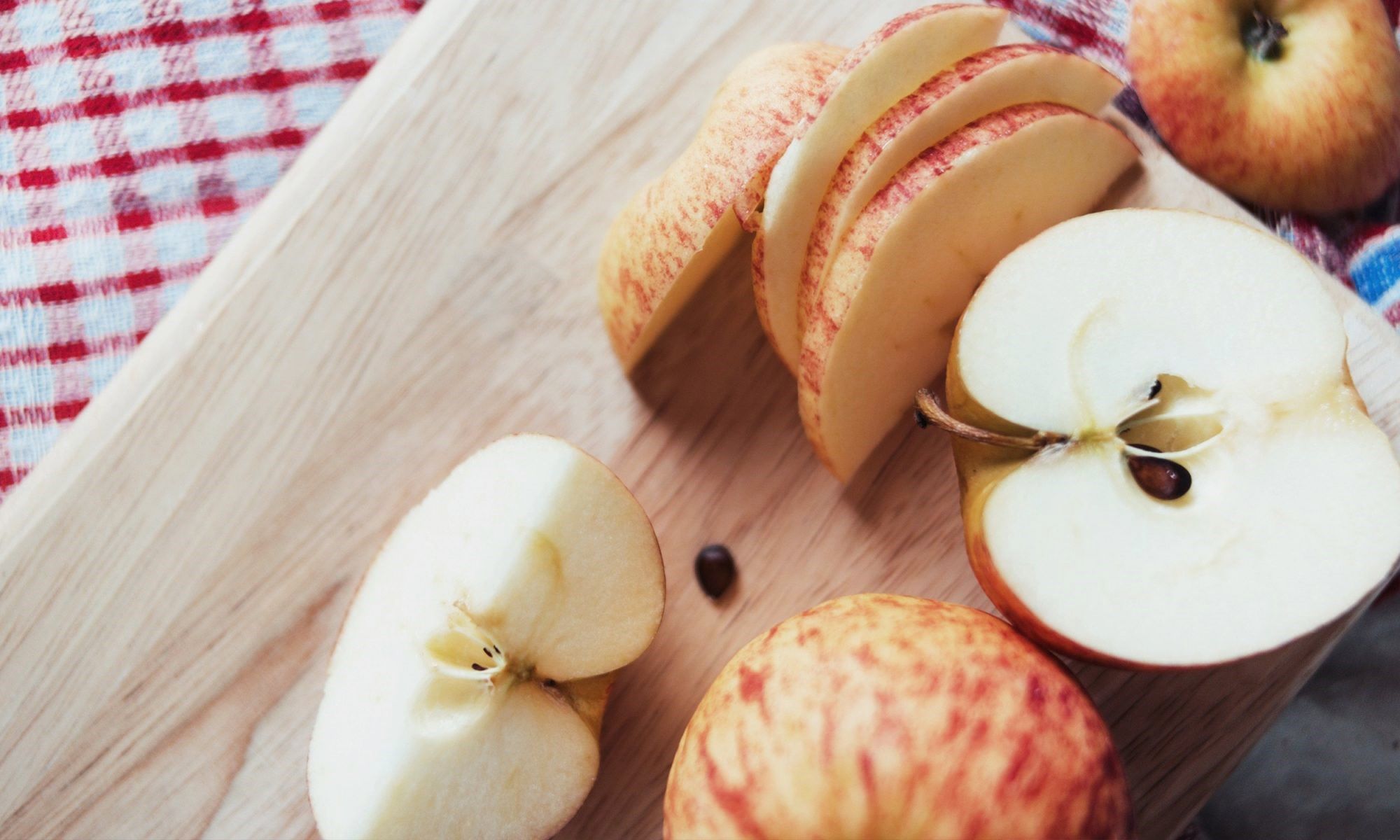
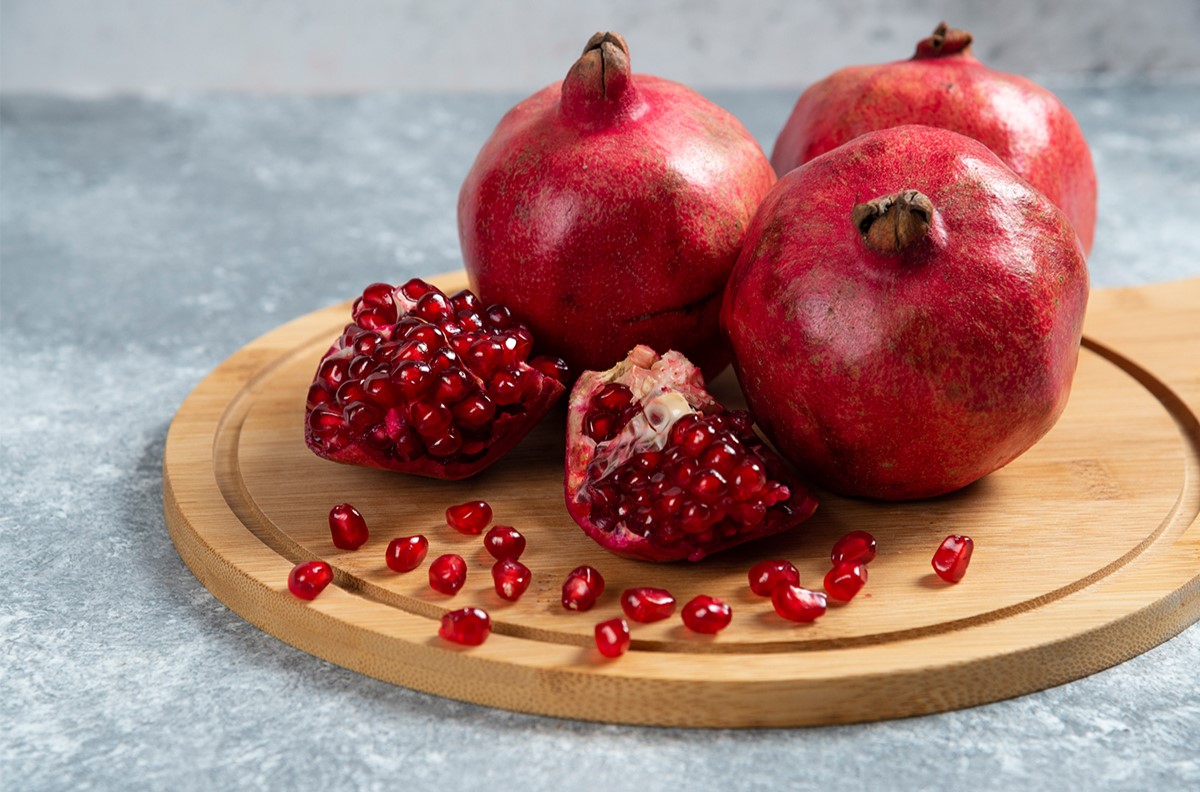
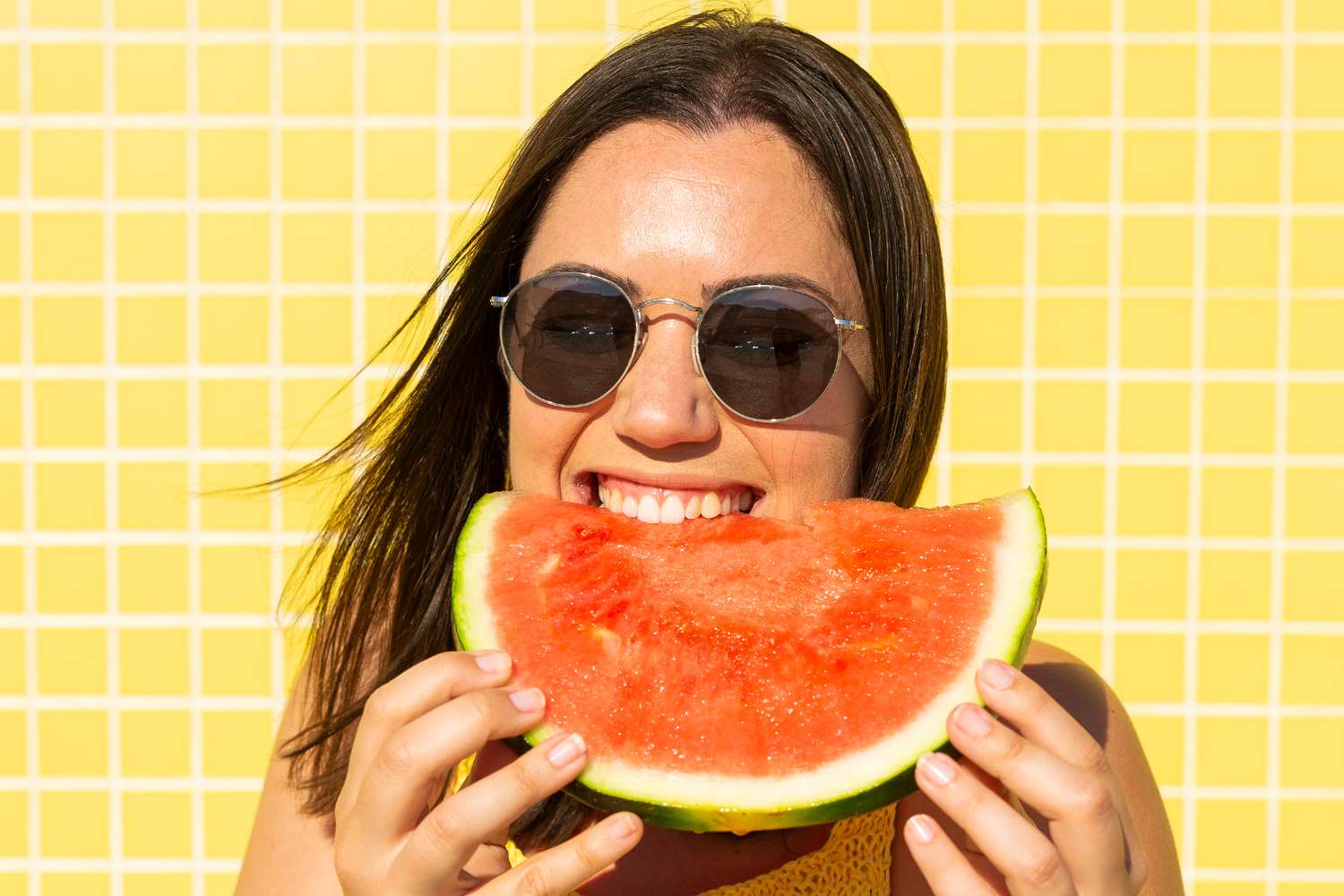
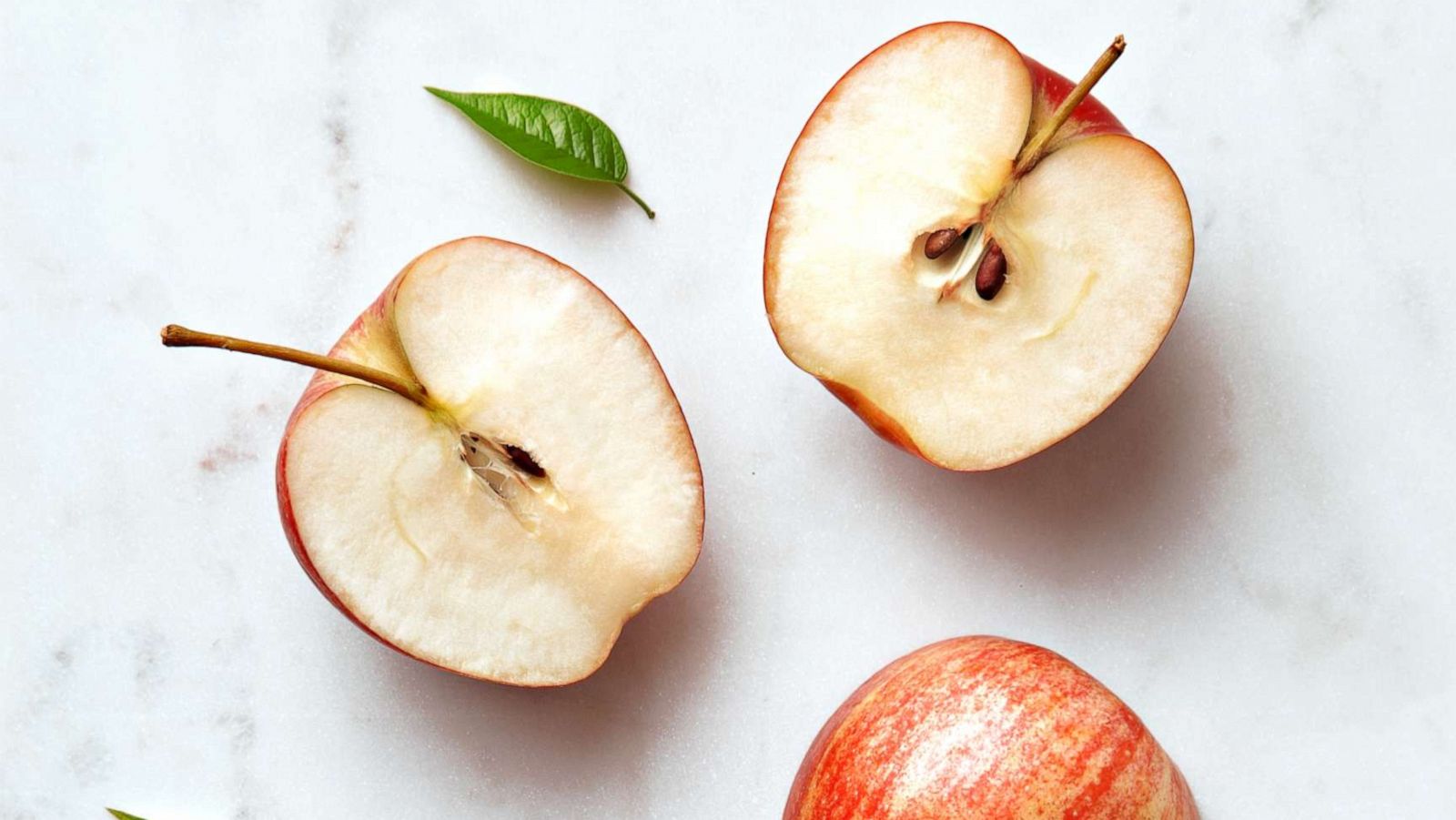
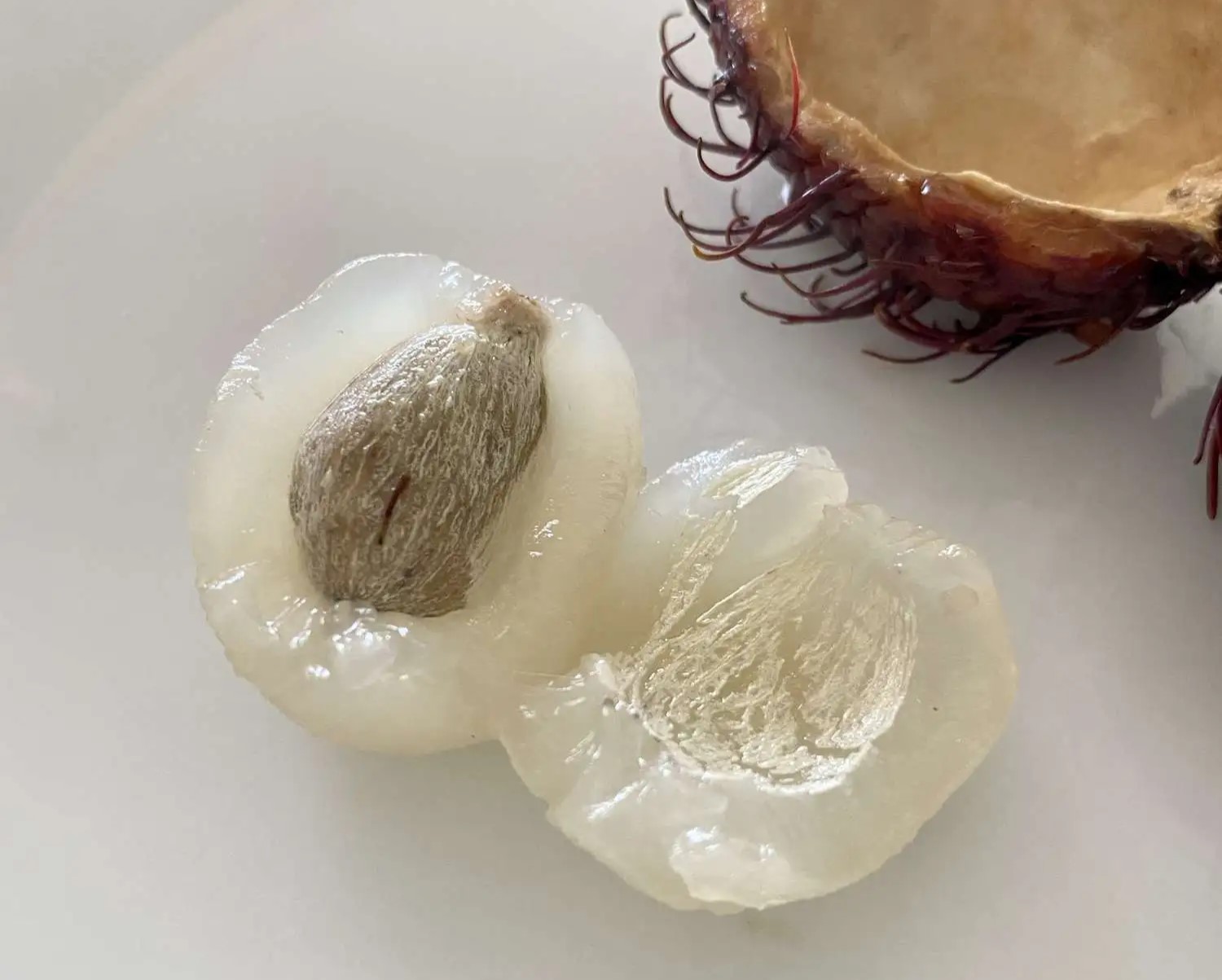
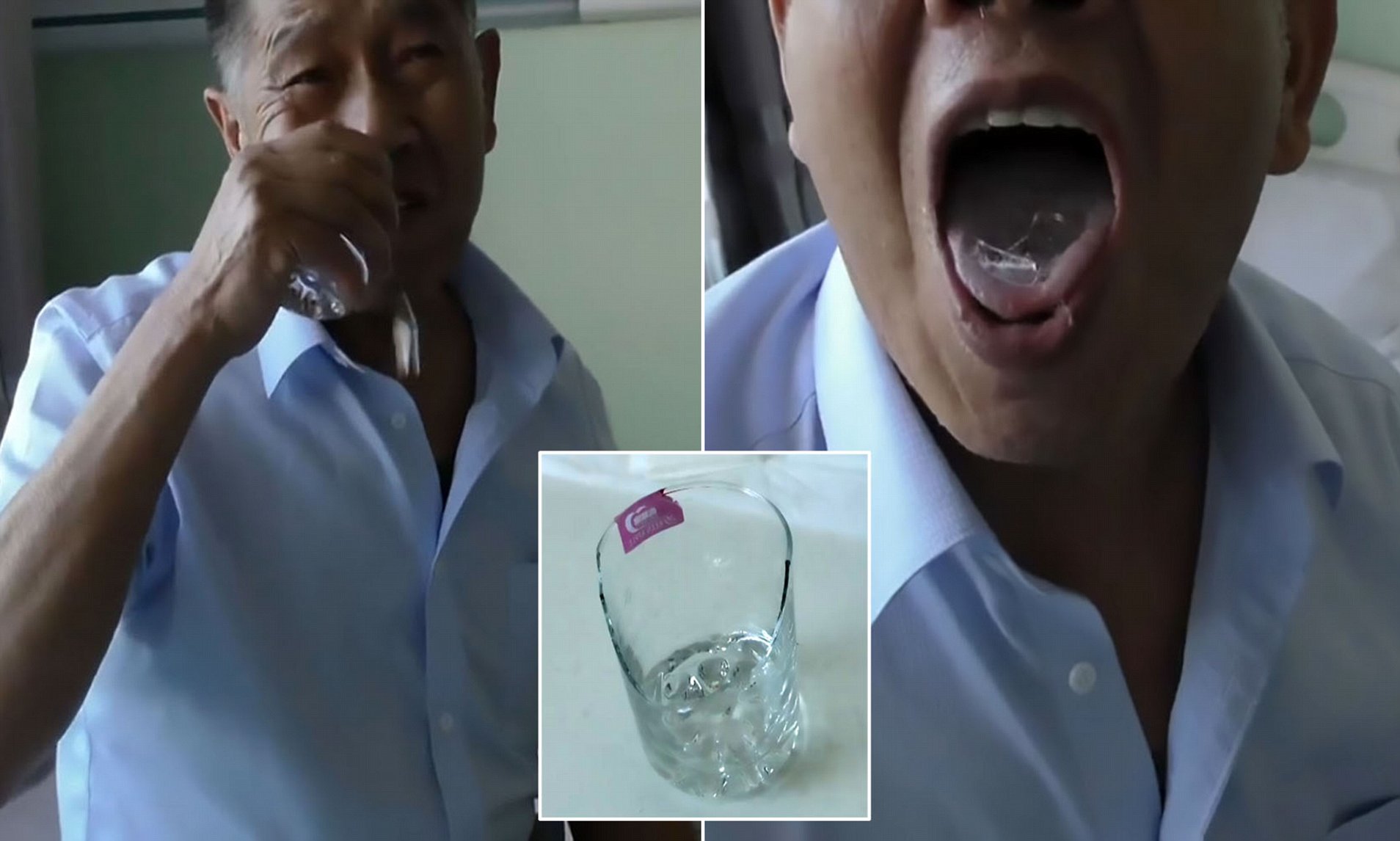
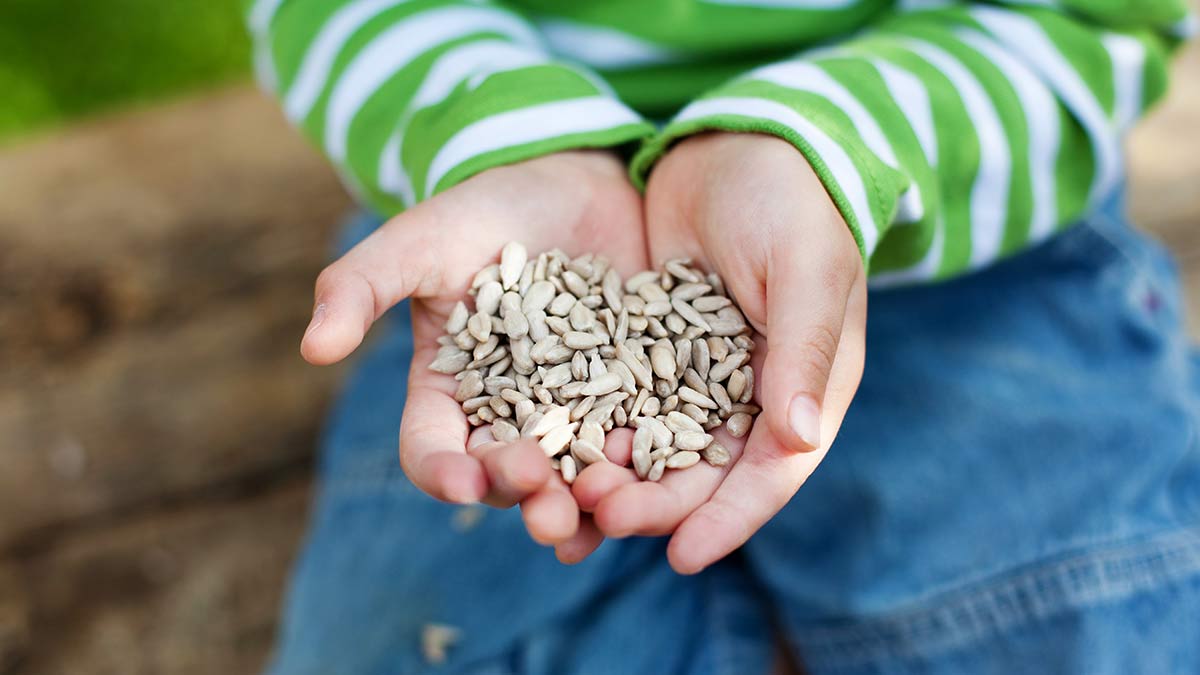
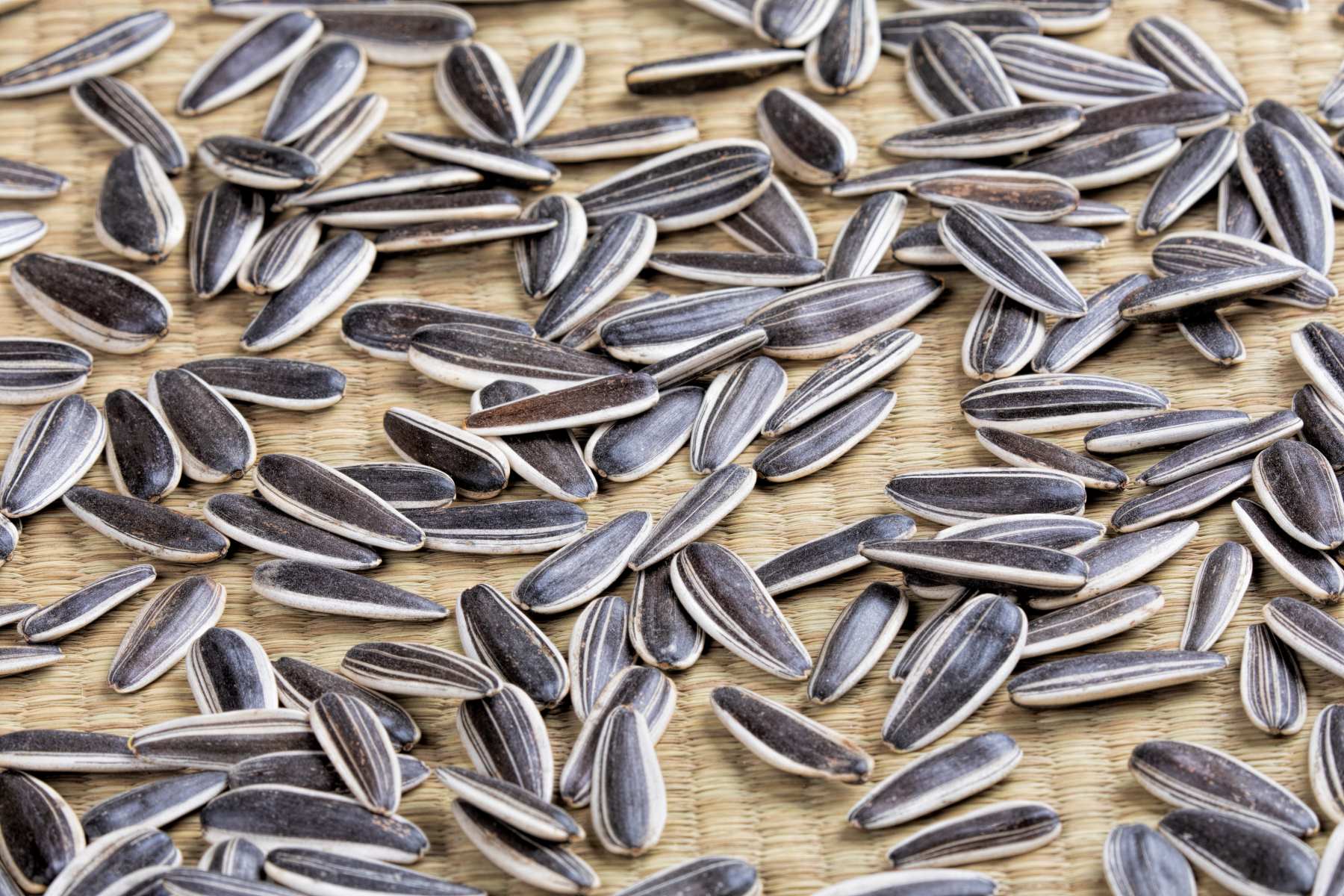
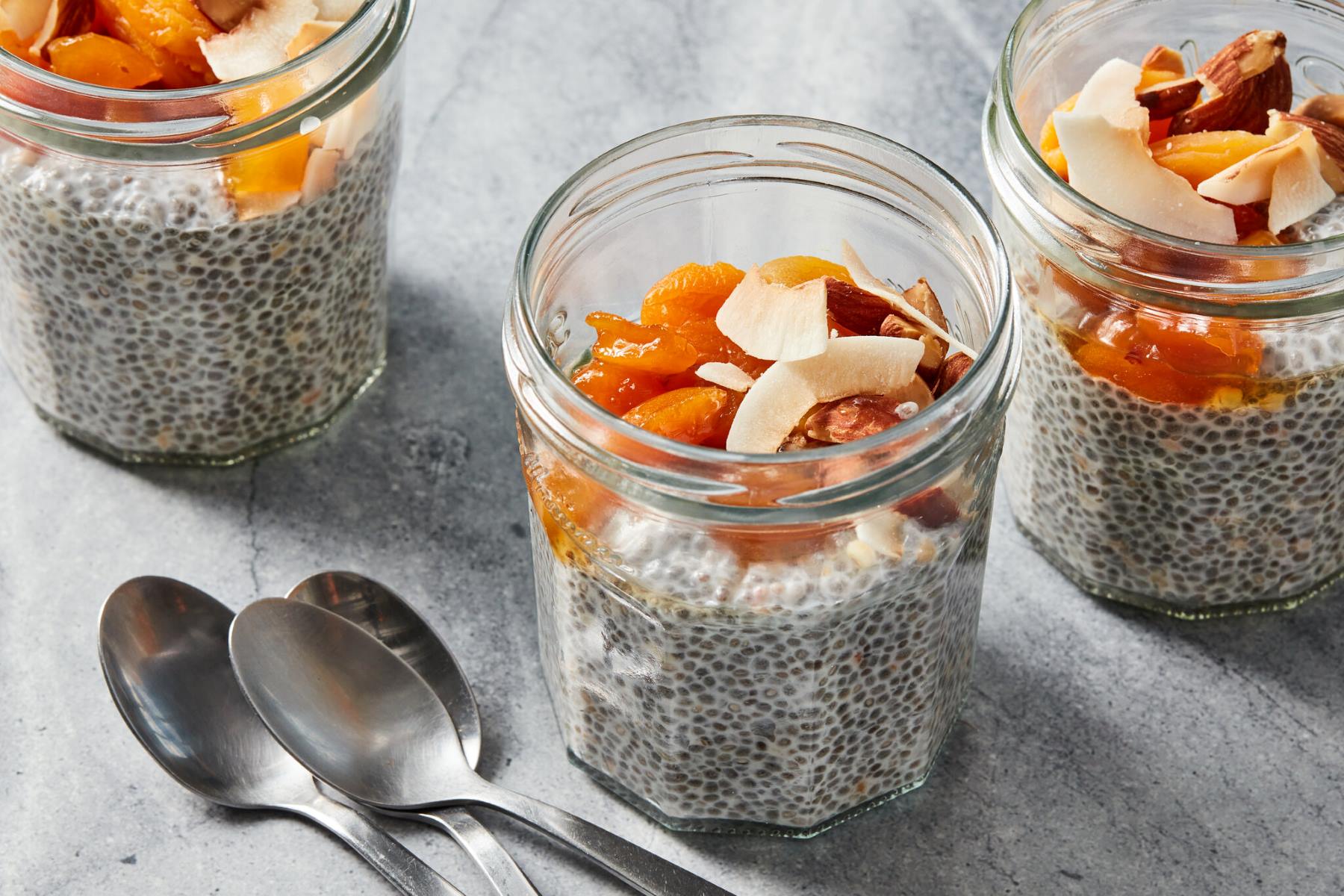
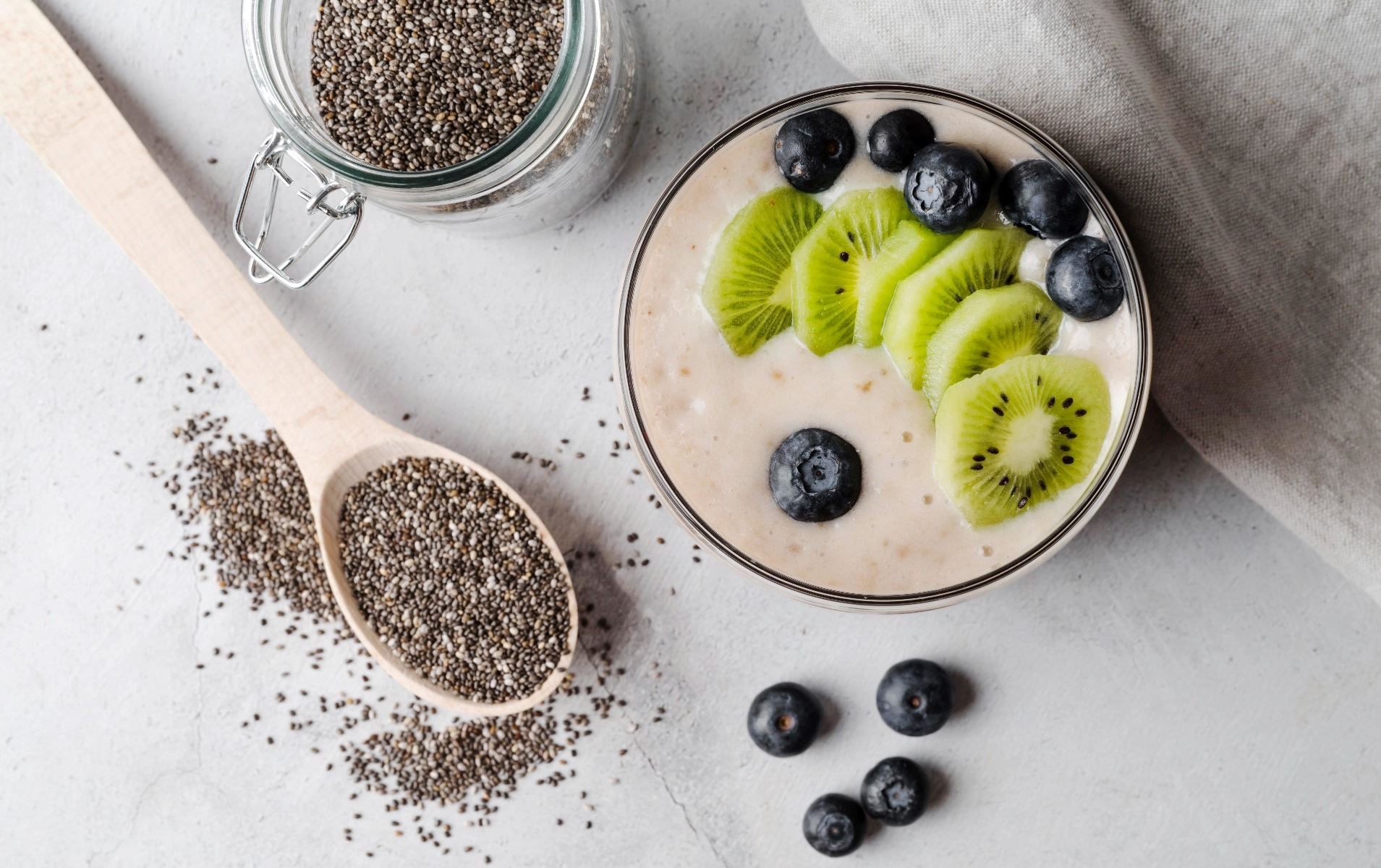
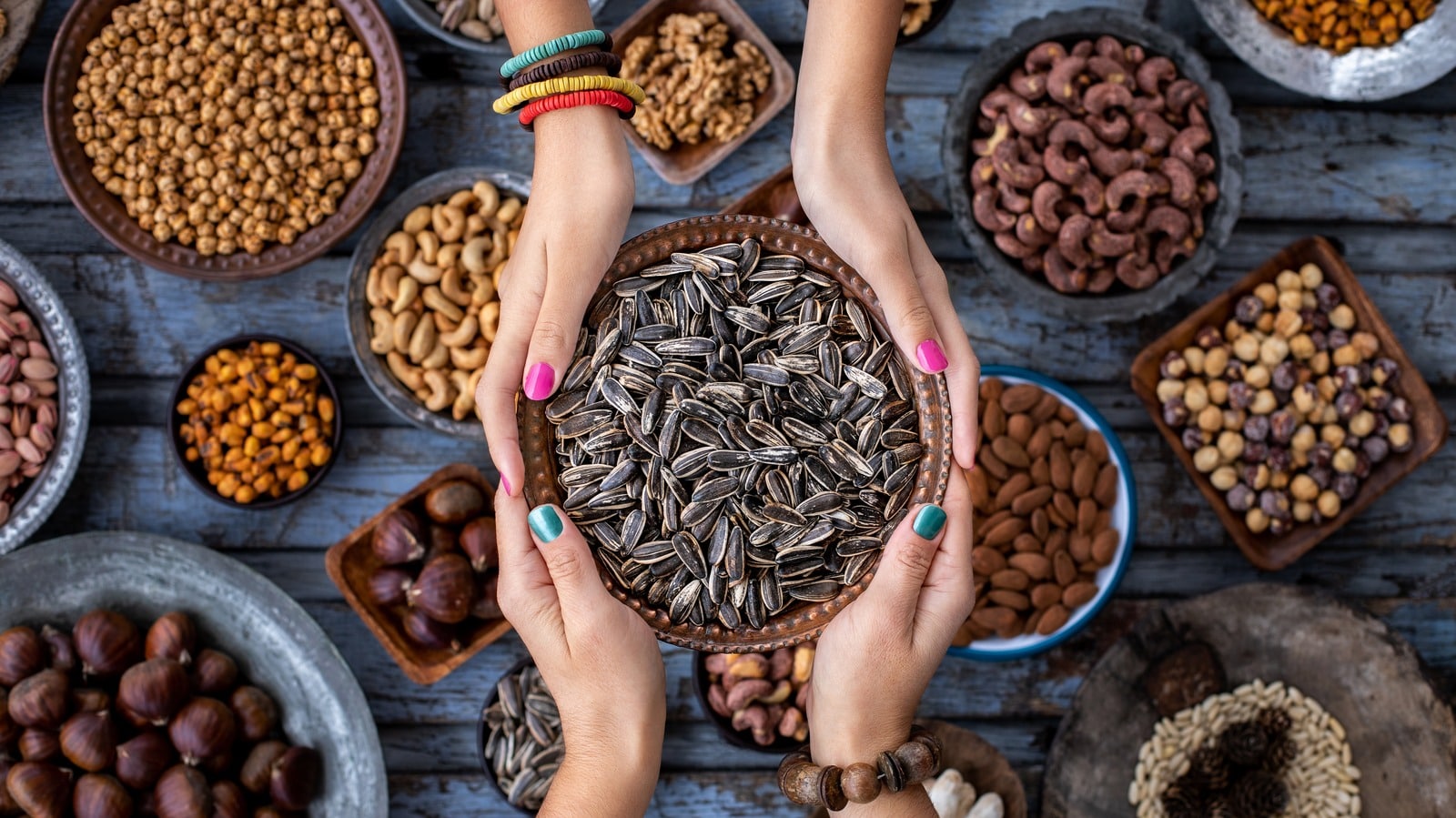
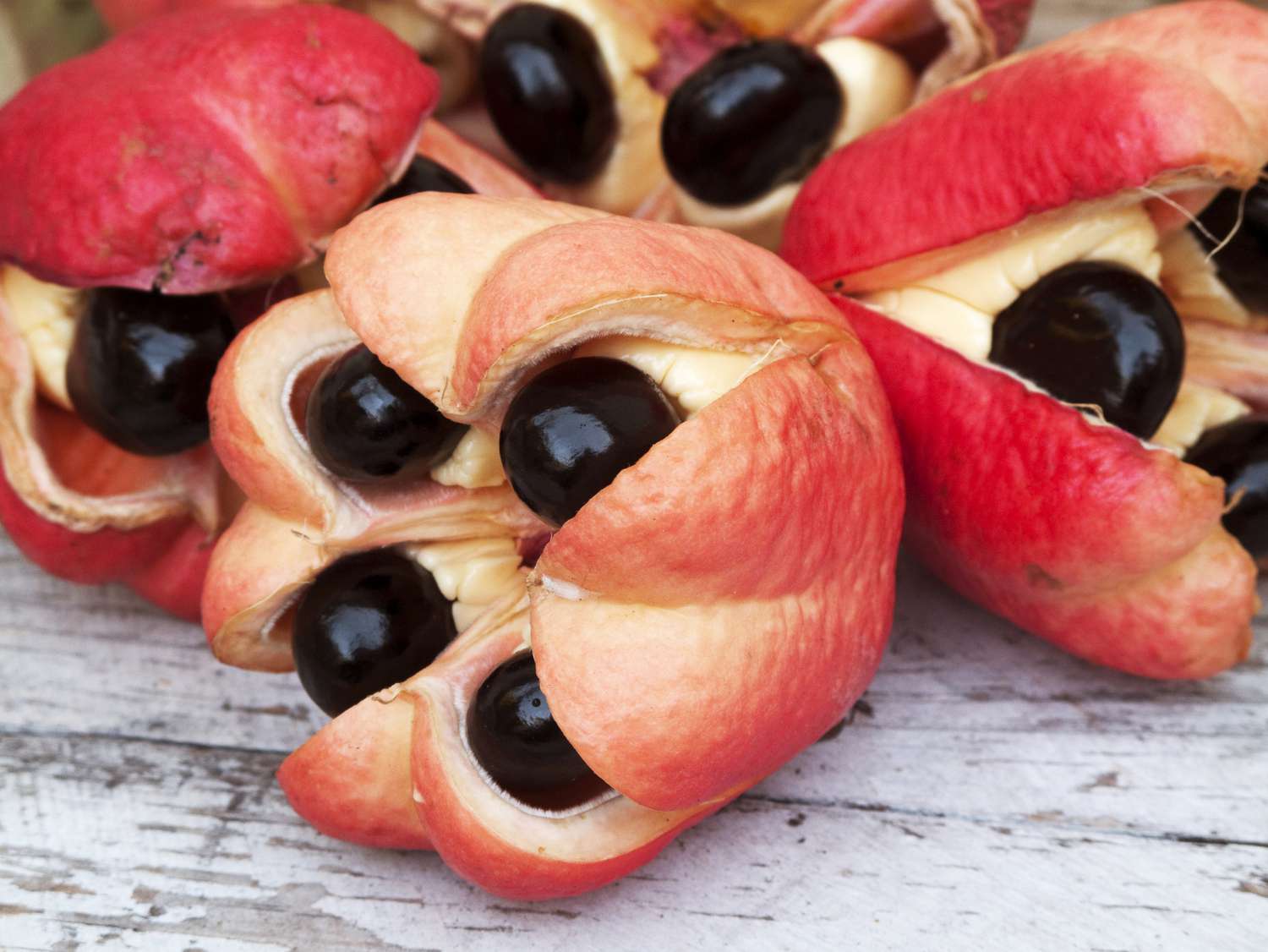
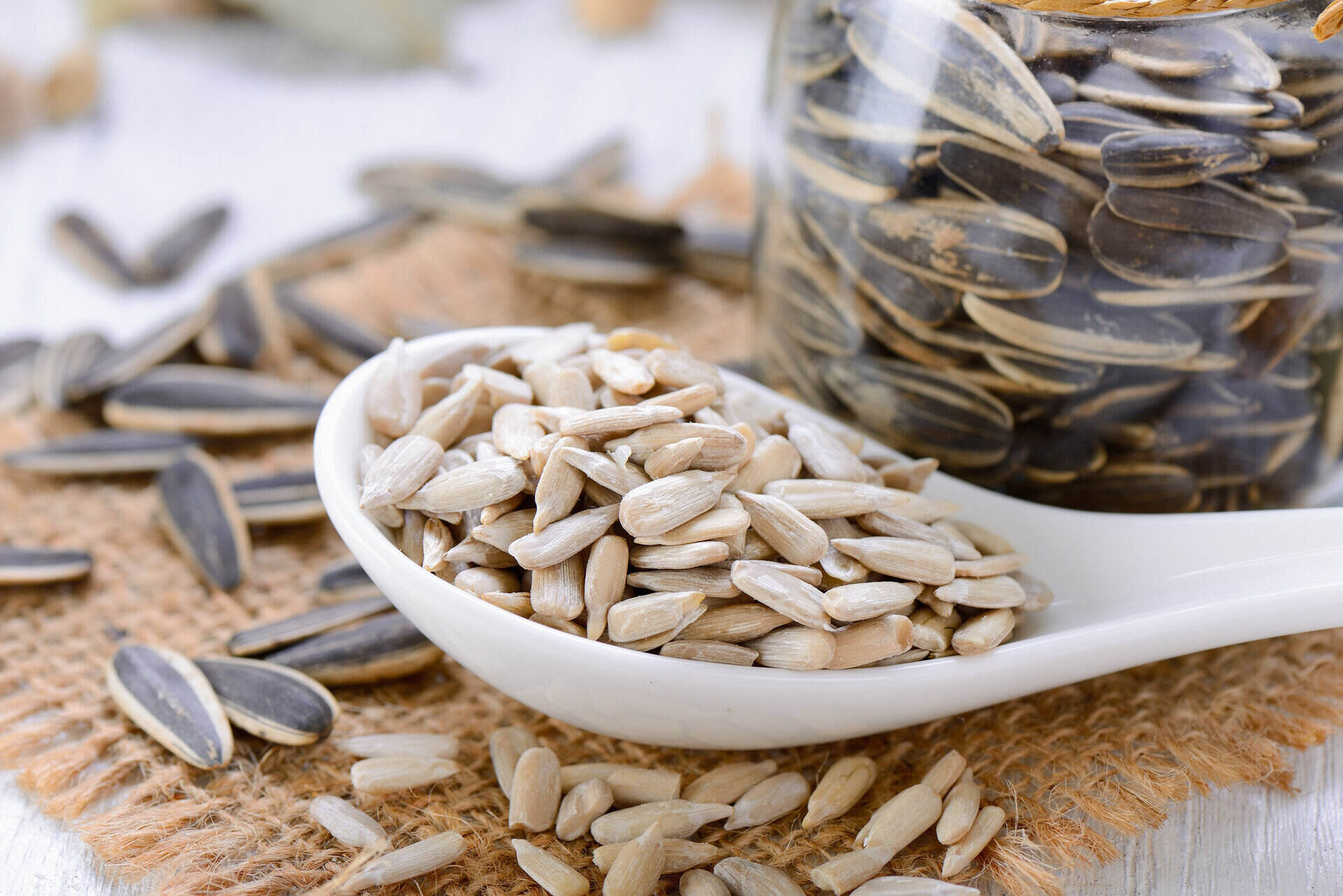

0 thoughts on “What Happens When You Eat Sunflower Seed Shells”